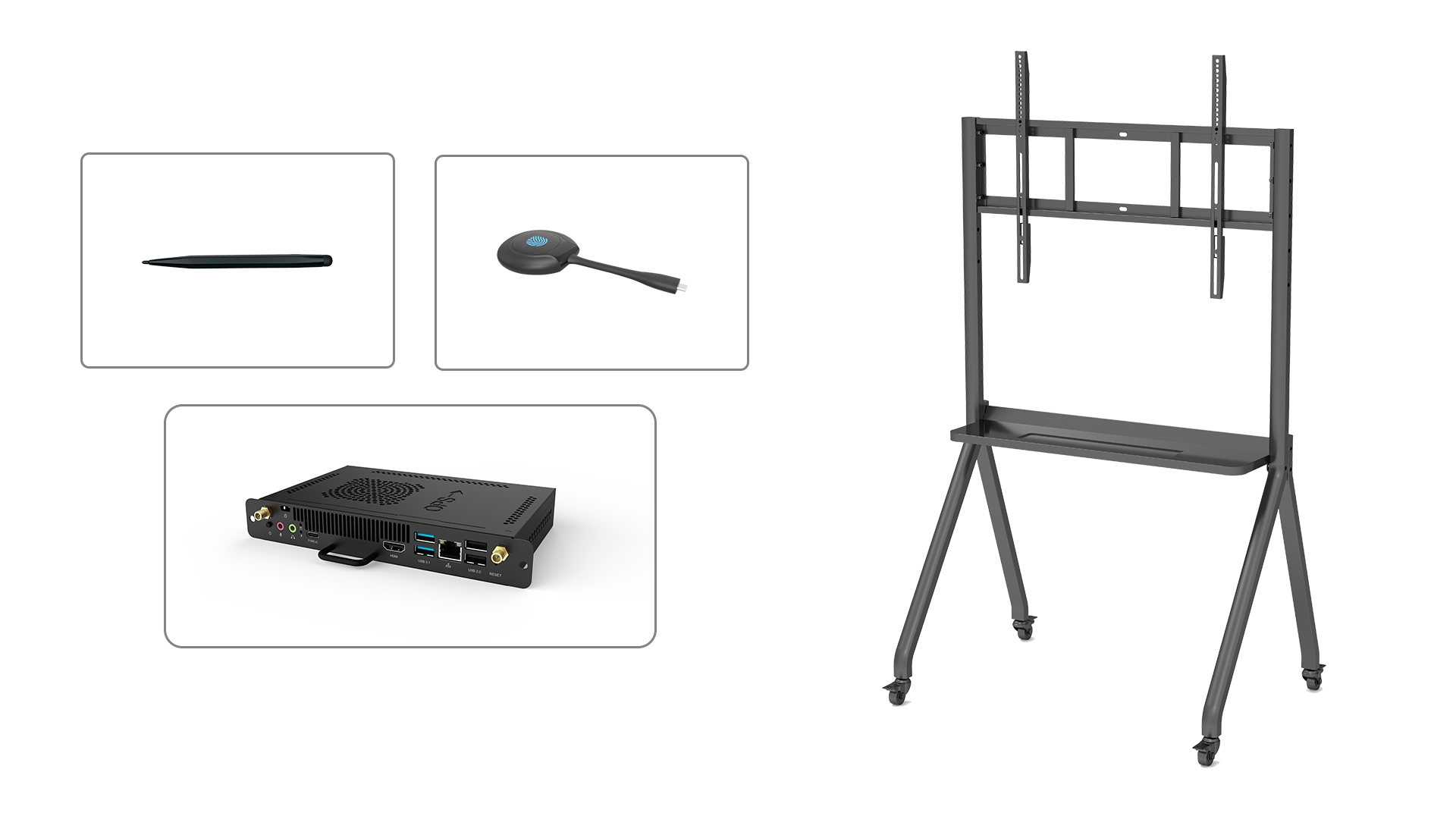The Disadvantages of Investing in a Smart Interactive Board for Your Business
Introduction:
Smart interactive boards have become increasingly popular in businesses due to their ability to enhance collaboration and improve productivity. However, like any investment, there are also disadvantages to consider. In this article, we will explore the potential drawbacks of investing in a smart interactive board for your business, helping you make an informed decision.
1. High Initial Cost
One of the main disadvantages of investing in a smart interactive board is its high initial cost. These boards can be quite expensive, especially when compared to traditional whiteboards or projectors. The cost includes not only the hardware but also the software and installation fees, which can add up significantly.
2. Additional Maintenance and Support
Another disadvantage is the additional maintenance and support required for smart interactive boards. These boards are complex systems that may require regular updates, troubleshooting, and technical assistance. It is essential to have a dedicated IT team or service provider to ensure the boards are functioning optimally at all times.
3. Learning Curve for Users
Implementing a smart interactive board in your business may also come with a learning curve for users. Employees who are accustomed to traditional whiteboards or projectors may need training to effectively use the new technology. This can take time and resources, potentially affecting productivity during the transition period.
4. Limited Compatibility
Compatibility can be another disadvantage when investing in a smart interactive board. Some boards may only work with specific devices or operating systems, limiting the flexibility and accessibility for users. It is crucial to ensure that the board you choose is compatible with the devices and software your business already uses.
5. Potential Technical Issues
Like any technology, smart interactive boards are not immune to technical issues. Software glitches, connectivity problems, or hardware malfunctions can occur, disrupting meetings or presentations. These technical issues may require immediate attention and troubleshooting, causing delays and frustration among users.
6. Limited Portability
Smart interactive boards are typically fixed installations, limiting their portability. Moving the board from one room to another or between different office locations can be challenging and time-consuming. This lack of portability may restrict the board's usage and limit collaboration opportunities in various settings.
7. Dependency on Electricity
Another disadvantage is the dependency of smart interactive boards on electricity. In the event of a power outage or electrical failure, the board becomes non-functional. This can disrupt meetings or presentations and hinder productivity until power is restored.
8. Obsolescence and Upgrades
Technology evolves rapidly, and investing in a smart interactive board means accepting the risk of obsolescence. Newer and more advanced models may be released, rendering your investment outdated within a few years. Upgrading to newer models can be costly, requiring additional investments to stay up-to-date with the latest features and functionalities.
9. Potential Distraction
While smart interactive boards offer numerous benefits, they can also become potential sources of distraction. Employees may be tempted to explore various applications, websites, or features during meetings, diverting their attention from the main agenda. It is essential to establish guidelines and best practices to ensure the board is used effectively and efficiently.
10. Security Risks
Lastly, investing in a smart interactive board can introduce security risks to your business. These boards are connected to your network, making them potential entry points for hackers or unauthorized access. It is crucial to implement robust security measures to protect sensitive information and prevent any data breaches.






